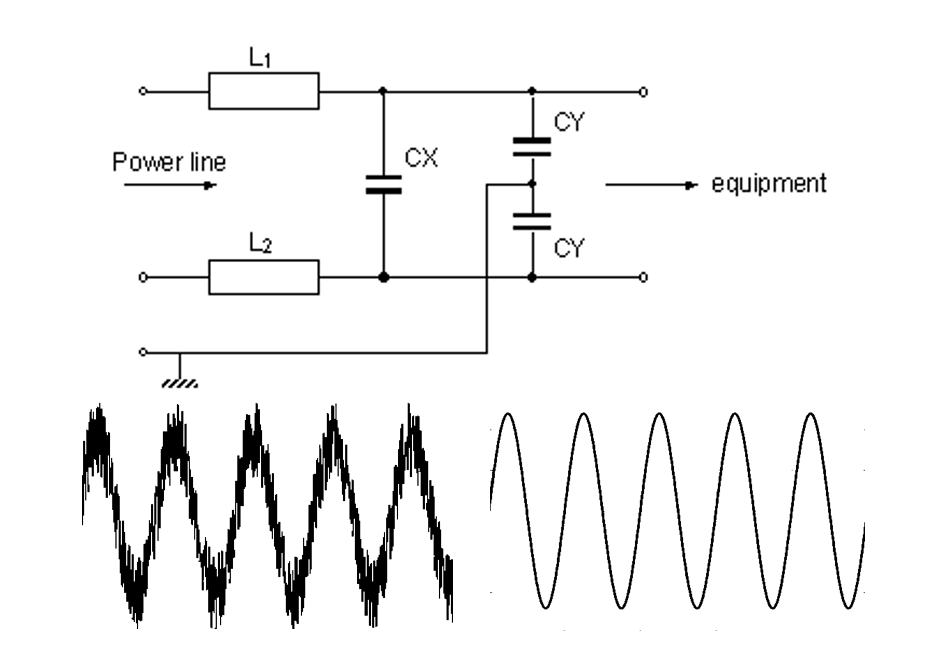artis
- 1,479
- 976
Well @Wrichik Basu , no offense but the pictures you provided show a rather dirty fuse box and the neutral and earth connections do seem oxidized and rusted outright, that can be a problem or part of it, but to know one would need to measure the contact resistance and visually inspect them thoroughly.
I recall one late friend of mine who was an electrician once said to me:" There are only 3 problems in all of electronics, namely
1) A contact where there should be no contact
2) No contact where one should be
and
3) Searching in the wrong place
Apart from the possible ideas already said here one additional idea came to mind.
If I understood you correctly you have a earth wire in each outlet of the house besides the two wires of neutral and live.
So a 3 pin socket essentially. Now apart from the good suggestion that @Baluncore already said in post #5, my additional idea is this.
Clearly apart from bad ground appliances shouldn't leak current to chassis which is a defect in itself.
You could make a short cable with a wall type receptacle on one side and a wall type plug on the other side. Make it out of 3 wires, where you connect L to L, N to N and earth to earth, attach an ampere meter in series on each of the wires.
Then you can go around your house with all appliances disconnected and connect them to your ampmeter cable one at a time.
If truly one of your appliances is faulty itself then you should see a discrepancy between the amp readings of that appliances live and neutral.
This is the same thing a ground fault circuit interrupter does, it compares the current between live and neutral because if everything is ok those currents should exactly match, if they don't there can be only one reason and that is the device is leaking current to ground.
I recall one late friend of mine who was an electrician once said to me:" There are only 3 problems in all of electronics, namely
1) A contact where there should be no contact
2) No contact where one should be
and
3) Searching in the wrong place
Apart from the possible ideas already said here one additional idea came to mind.
If I understood you correctly you have a earth wire in each outlet of the house besides the two wires of neutral and live.
So a 3 pin socket essentially. Now apart from the good suggestion that @Baluncore already said in post #5, my additional idea is this.
Clearly apart from bad ground appliances shouldn't leak current to chassis which is a defect in itself.
You could make a short cable with a wall type receptacle on one side and a wall type plug on the other side. Make it out of 3 wires, where you connect L to L, N to N and earth to earth, attach an ampere meter in series on each of the wires.
Then you can go around your house with all appliances disconnected and connect them to your ampmeter cable one at a time.
If truly one of your appliances is faulty itself then you should see a discrepancy between the amp readings of that appliances live and neutral.
This is the same thing a ground fault circuit interrupter does, it compares the current between live and neutral because if everything is ok those currents should exactly match, if they don't there can be only one reason and that is the device is leaking current to ground.
